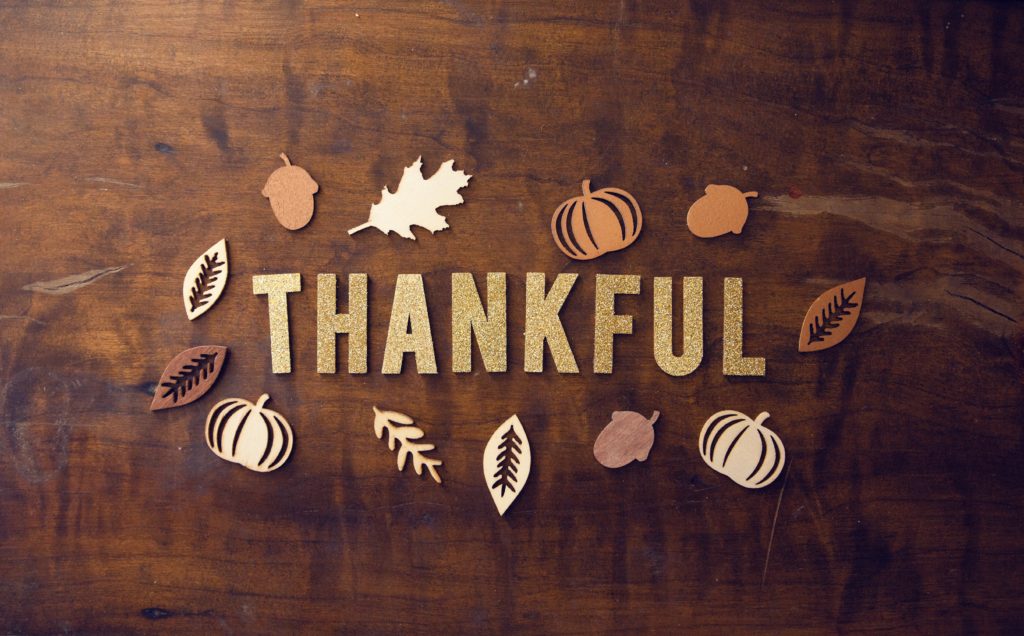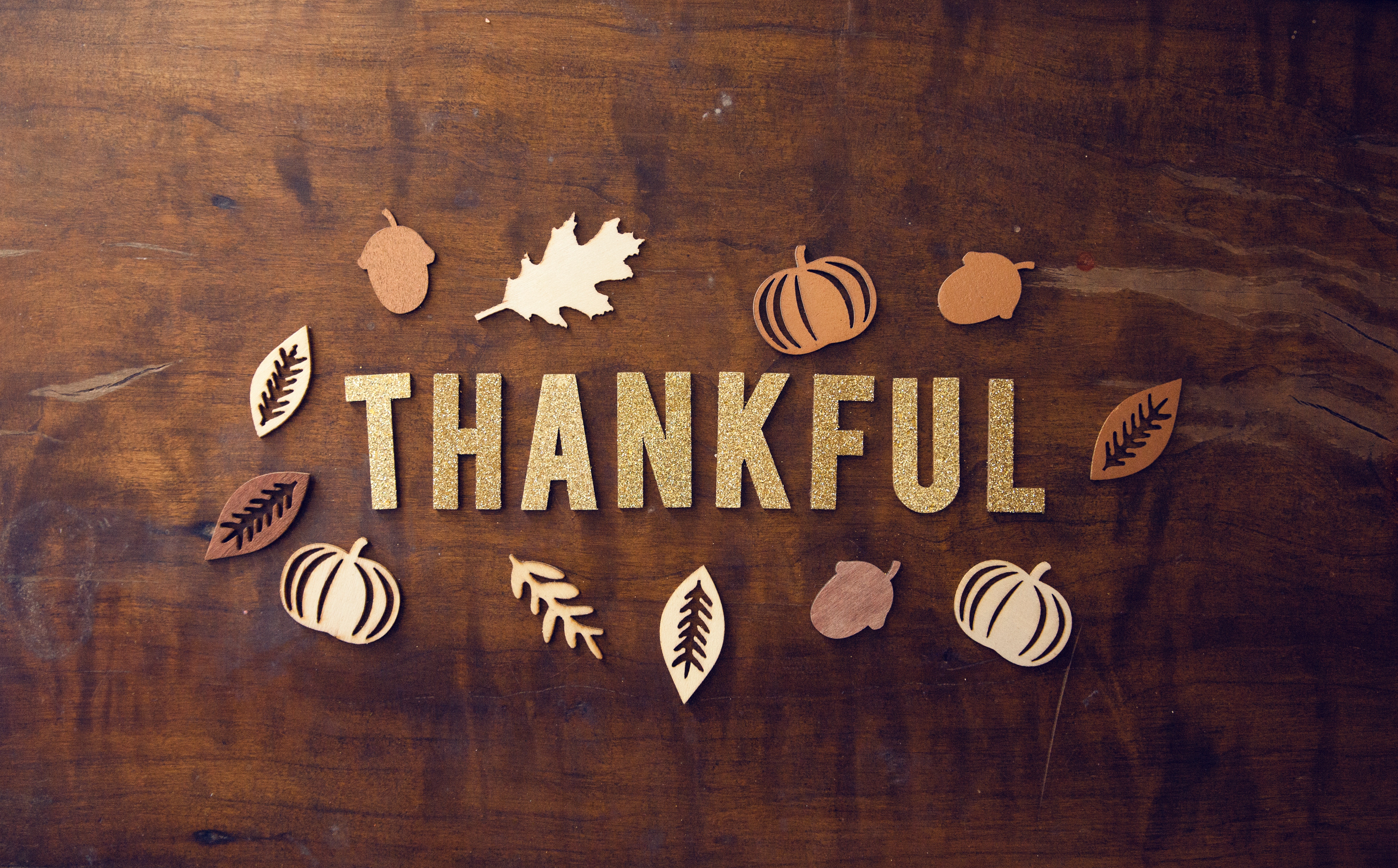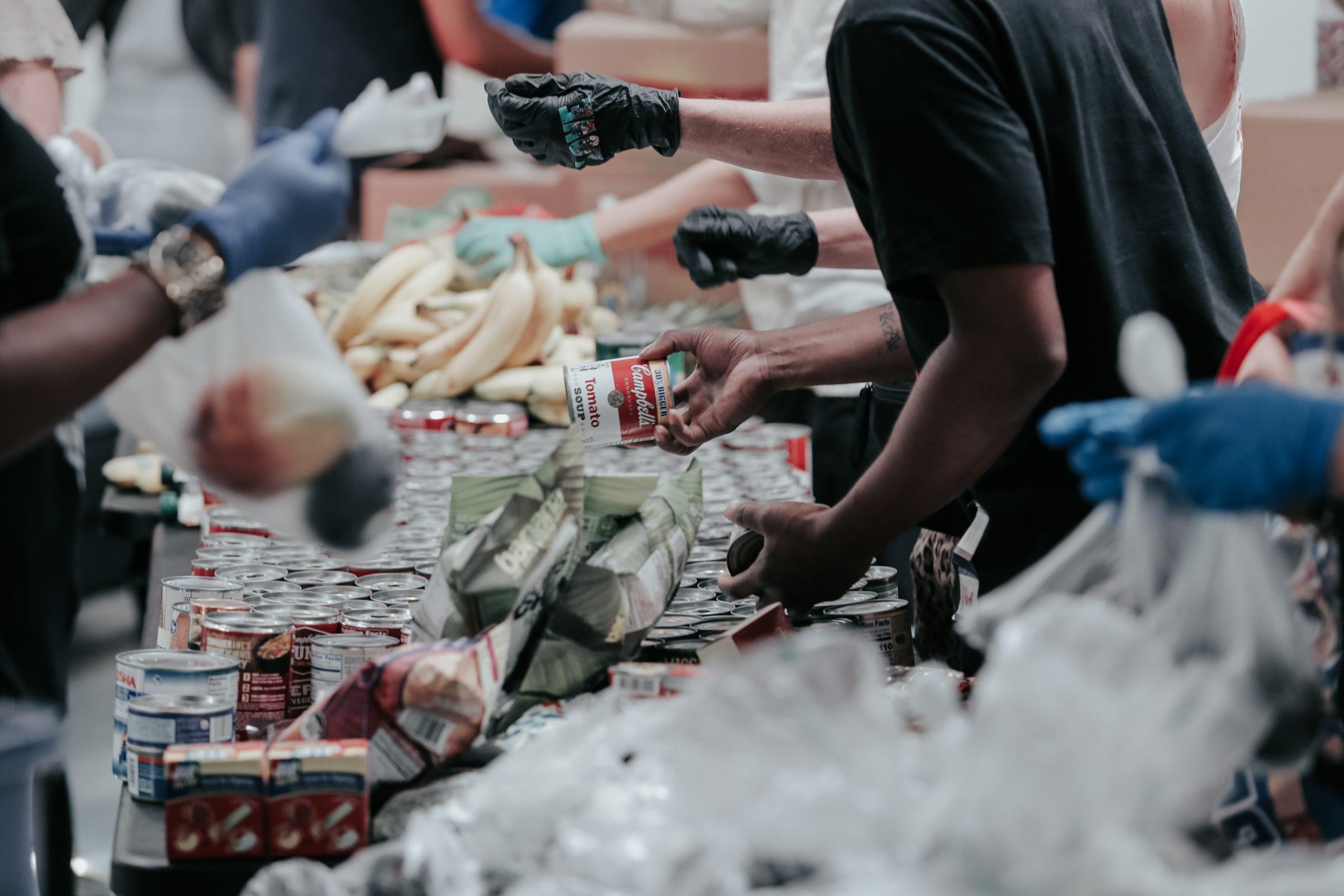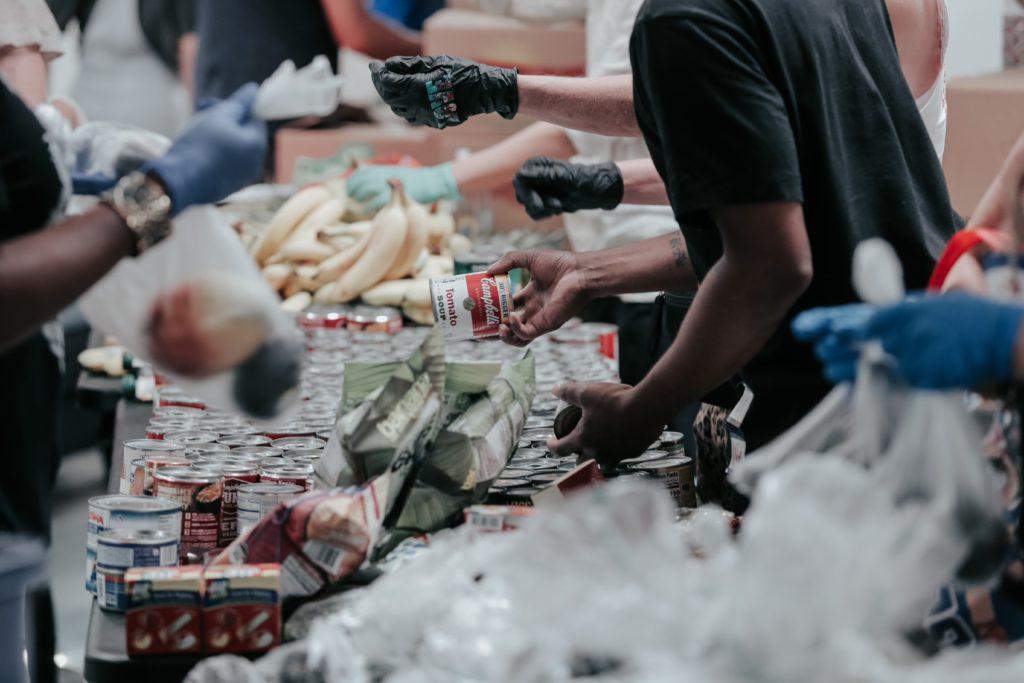 This Thursday folks in the United States will celebrate what I consider to be the social benefit sector holiday of the year.
This Thursday folks in the United States will celebrate what I consider to be the social benefit sector holiday of the year.
So it’s time for my annual Thanks(for)Giving post!
Just think about what ‘Thanksgiving’ means.
Literally, it’s a day for giving thanks for the blessings given to us.
Who, and what, do you count among yours?
I’ve noted when we go around the table at my family Thanksgivings, saying what we’re grateful for, most folks respond with people-based answers. Yes, gratitude for the feast in front of us is mentioned, yet what folks are most grateful for are caring friends, loving family, embracing community, and simply for being together sharing the warmth of good company. This year, with parts of the world completely unbalanced by barbaric acts of war, extreme poverty, and a spreading global divide teetering on the edge between democracy and autocracy, giving thanks may seem like a stretch. Which is why leaning into your connections with people, and all the good things you share with them, are more important than ever.
But not all connections are around a Thanksgiving table with family and friends.
A lot of connections for nonprofit workers are with donors, volunteers, clients and co-workers.
Gratitude in the social benefit sector extends to all the people working to restore balance and repair our world. It’s difficult work, to be sure. Rather than fall prey to doom casting, tears and hand wringing, let’s take a moment to breathe deeply and welcome gratitude into our hearts. And let’s extend that gratitude to the people who care (including yourself). As Margaret Mead famously said: “Never doubt that a small group of thoughtful committed individuals can change the world. In fact, it’s the only thing that ever has.”
Who are you grateful to at your organization?
Details


 This Thursday folks in the United States will celebrate what I consider to be the social benefit sector holiday of the year.
This Thursday folks in the United States will celebrate what I consider to be the social benefit sector holiday of the year.
 Are you leading with a “gift” or “favor” to positively incline your donor to say “yes?”
Are you leading with a “gift” or “favor” to positively incline your donor to say “yes?”
 You asked a bunch of folks to give a year ago. Some did.
You asked a bunch of folks to give a year ago. Some did.
 This year Giving Tuesday is November 28th. So, soon.
This year Giving Tuesday is November 28th. So, soon.